LOS ALAMITOS, Calif. — In a world where nostalgia drives spending habits, inner-child consumerism or “kidult” culture has become an influential and powerful force for the marketing world. Inner child consumerism is the tendency for teenagers and adults to seek comfort and joy through purposeful purchases that reconnect them with their childhood. Companies often utilize this phenomenon by creating nostalgia-driven marketing techniques or portraying the purchase of their products as a way to reclaim the joy felt during the early years of life. In 2023, adults accounted for 17.3% of the United States toy market.
Nostalgia
Nostalgia is a sentimental affection or desire for the past, often for a time or place that is filled with happy memories. It involves a yearning for the carefree aspects of life and brings both positive and bittersweet feelings. Nostalgia is often triggered by various cues such as music, smells or objects and can influence an individual’s behavior. The feeling of nostalgia often leads people to seek out a similar feeling from their past with the hope of recapturing those emotions. Many adults are drawn to nostalgic items simply because they evoke feelings of safety and provide a sense of stability.
Similarly, the regression effect is a psychological phenomenon where teenagers and adults seek comfort in past memories when worries are minimal. It goes beyond the basics of nostalgia and instead focuses on the subconscious desire to experience a simpler time in life.
“For me, purchasing child-like items such as plush toys stems from the desire to feel the carefree emotions I felt during childhood,” LAHS sophomore Rosalie Ha said.
Coca-Cola is one brand that utilizes nostalgia in its marketing techniques. Each year, they push out the same Christmas ad that they have had since 1995, which evokes feelings of comfort and nostalgia in those who grew up seeing this ad on television.
“The idea of ‘healing their inner child’ often manifests through purchasing physical items. These tangible goods become a means of filling the void left by neglect or hardship,” ABS-CBN News journalist Ralph Revelar Sarza said in “OPINION: Healing your inner child.”
The blind box
One factor adding to the success of many toy brands, such as Calico Critters and Sonny Angels, is the rise of the “blind box” — the element of surprise paired with the mystery purchase taps into the natural human desire for excitement and unpredictability. Collectors especially enjoy the adrenaline of opening a mystery package without knowing exactly what they will receive. This leaves them buying more and more, searching for their most desired product (similar to the psychology behind gambling). Collectors who have the financial comfort to purchase these items are likely to continue this process.
Additionally, many toy brands release blind box products as a series, which triggers the collecting instinct in humans, who are often motivated to keep hunting for something in hopes of completing a set. Unfinished collections can compel individuals to continue purchasing due to the desire for resolution.
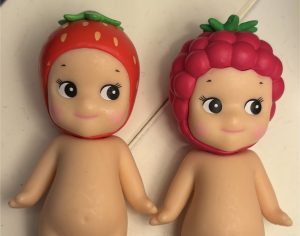
Sonny Angel Blind Boxes are known for their hard-to-come-by nature and alluring mystery. Sonny Angels are three-inch cherub-inspired dolls decorated with headgear or accessories related to varying series, such as the animal or vegetable series. The brand has experienced an increase in purchases throughout recent years, mainly from teenagers and young adults who resonate with seeking comfort and joy in a nostalgic manner. The dolls have gained a large following on TikTok, with viral unboxing videos and whole accounts dedicated to these dolls.
How companies use this to their advantage
Marketing that nourishes the inner child creates an emotional connection that turns tangible products into emotional experiences. Brands like LEGO and Barbie often express ideas of creativity, another concept that plays into nostalgic feelings by recreating the limitless imagination of childhood. Additionally, the release of limited edition collaborations with timeless brands evokes a sense of urgency in customers, leaving many making impulsive purchases out of fear of not having a chance to reconnect with their childhood memories.
Today, inner child consumerism is a powerful marketing tool that capitalizes on the emotional connection of nostalgia and the need to escape. Companies that seek to utilize this concept in their marketing create products and experiences that resonate with consumers and allow them to revisit their youth. As brands continue to use imaginative retail techniques, teenagers and adults will be drawn towards popular toy brands. The success of this marketing approach highlights the everlasting power of childhood memories, proving that the emotional appeal of the past is a driver of present-day behavior.
“I think that the desire to feel comfort or safety causes many to resort back to things that make them feel young again, leading to popular toy brands to trend all over,” Ha said.
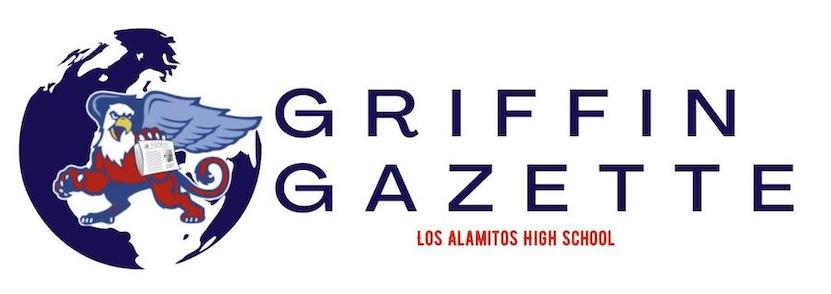


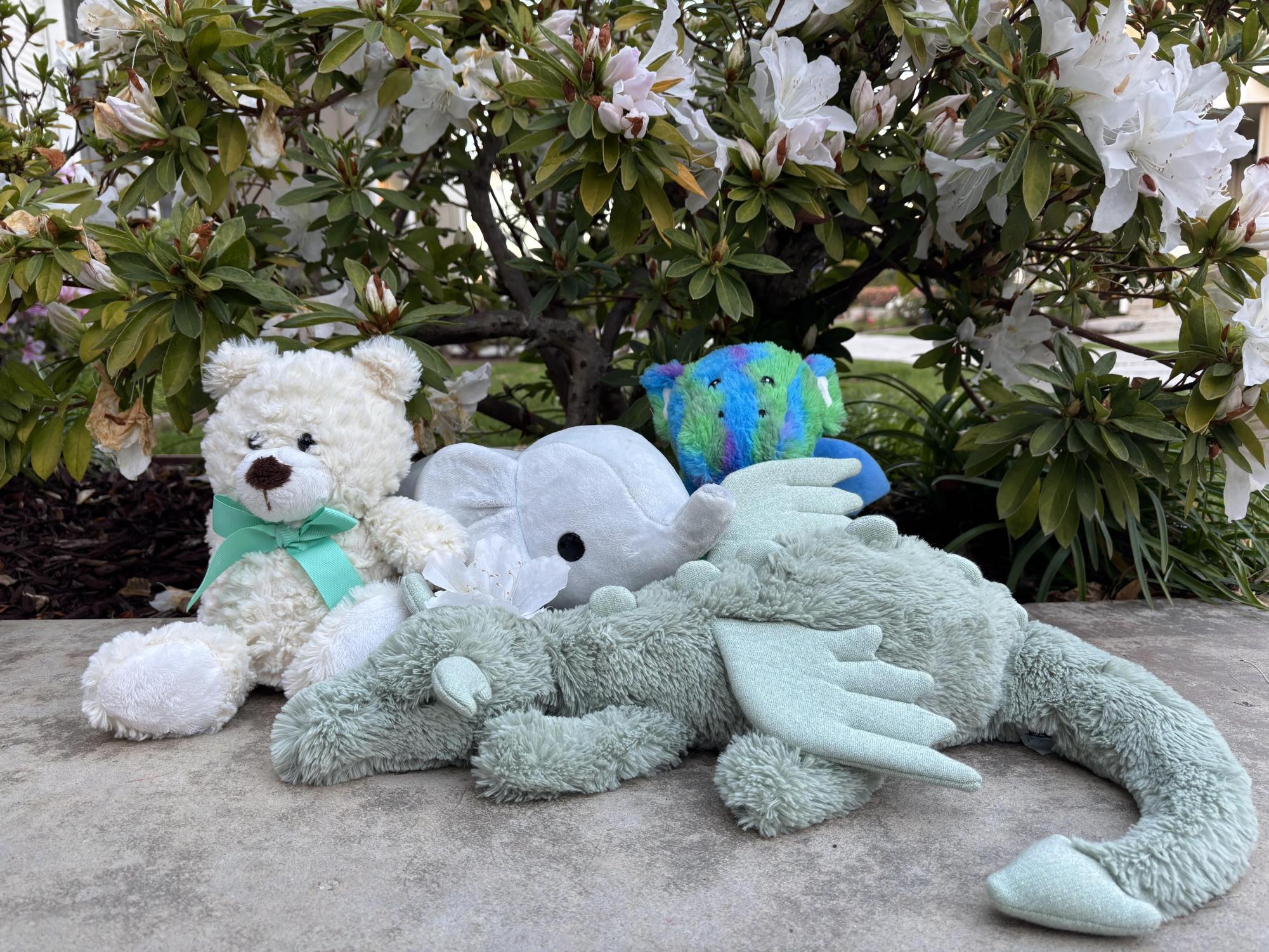
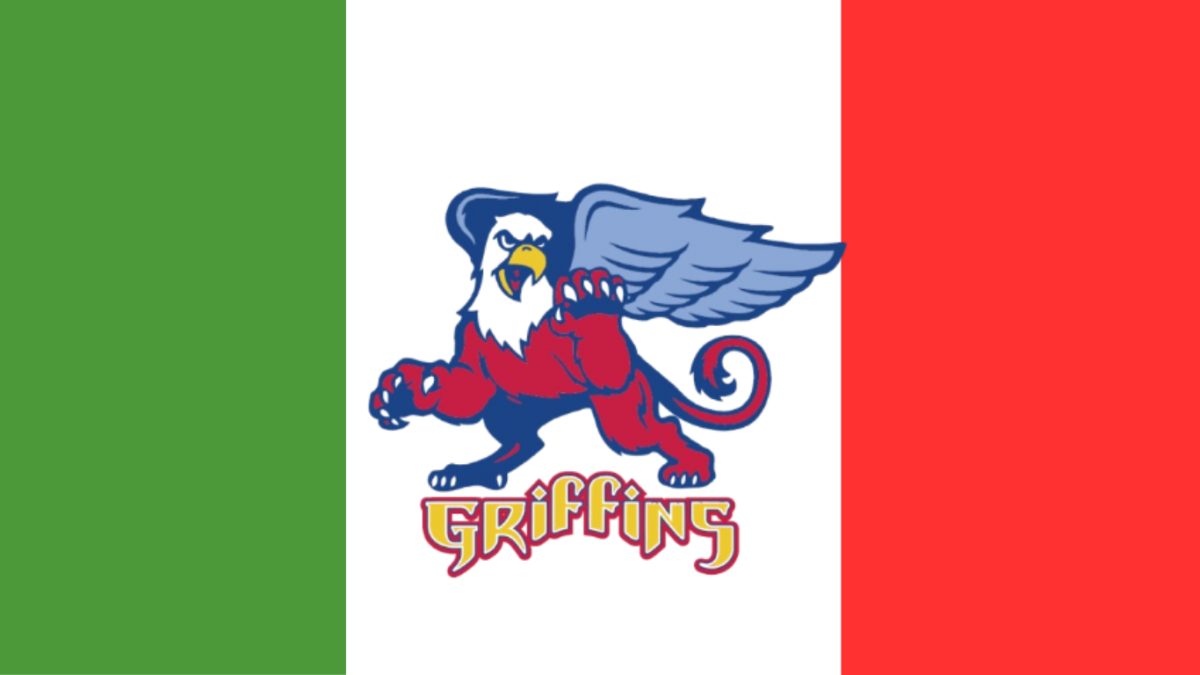



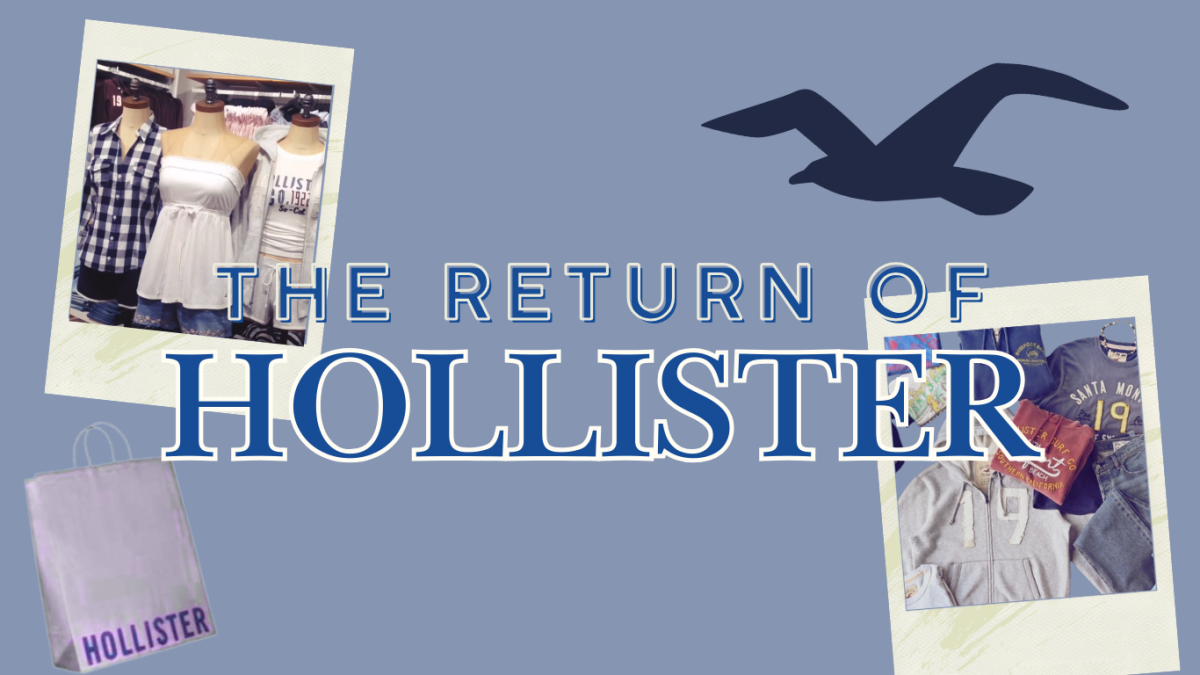





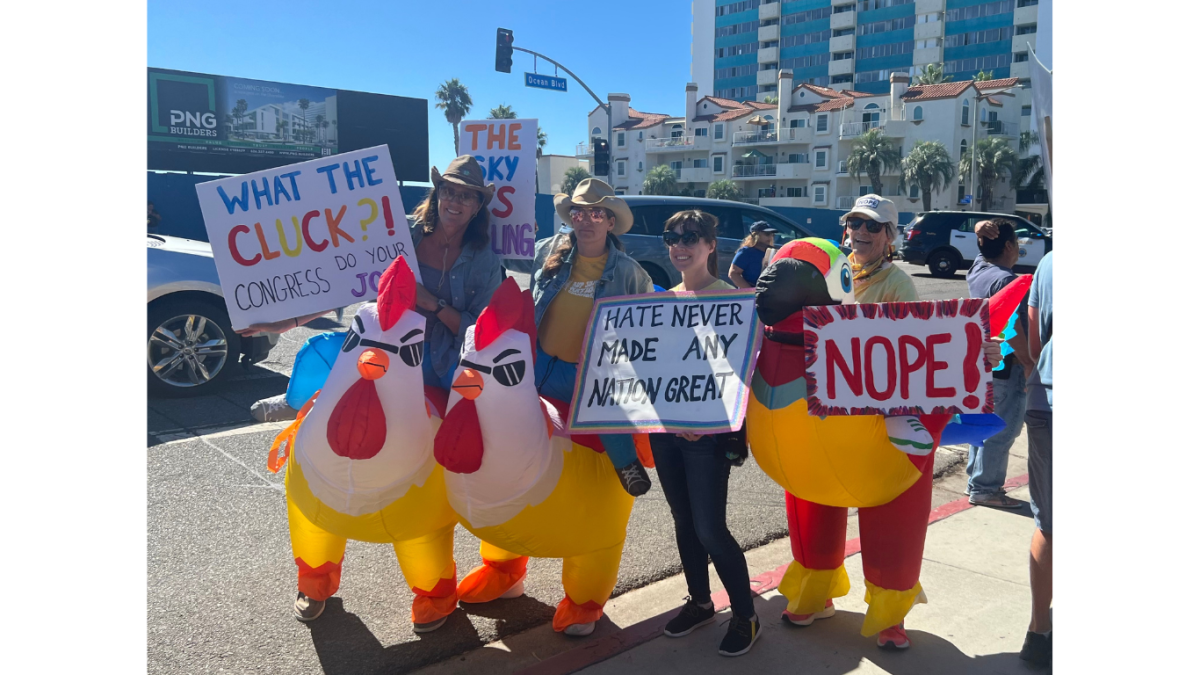

Katie Arnoult • Apr 11, 2025 at 12:26 pm
This is sooo interesting! I learned a lot from this article. You explained all of these complicated topics really well, and your feature photo is so cute!
Alyssa Mathews • Apr 8, 2025 at 8:59 am
This is such an interesting concept and you did a great job explaining it!
Amelia Gutierrez • Apr 7, 2025 at 12:40 pm
This is such an interesting article! I especially love the article’s design; the photos and quotes you used add so much to the article!